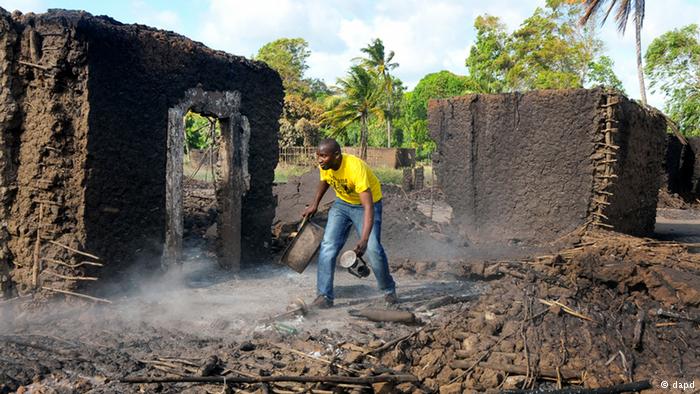
*Teachers, health workers flee north east
Three hundred and ten people have been killed in the northern Rift Valley region between January 1 and June 30, 2015.
According to a report by the UN Office for the Coordination of Humanitarian Affairs (UNOCHA), another 195 were injured while 216,294 were displaced due to border conflicts, cattle rustling and revenge attacks, competition for resources including land and water and, political differences.
The most affected areas are in Turkana, Baringo, Samburuu, Marsabit, and Isiolo, mainly involving clashes between the Pokot, Turkana and Samburu communities.
‘The main areas of inter-communal conflict in 2015 have been the northern counties of Turkana, Baringo, Samburu, Marsabit and Isiolo, particularly between the Pokot and Turkana communities as well as the Samburu and Turkana communities, such as the Nadome incidents in May which killed 100 persons,’ the report states in part.
According to the UNOCHA report, the number of attacks on civilians by armed opposition groups (AOG) at the Coast decreased between January and March 2015, while the period between March and June saw an increased number of attacks mainly in Garissa and Lamu Counties.
In one of the attacks carried out in the north east, suspected Al Shabaab terrorists killed 148 students at the Garissa University on 2 April.
Other attacks include one on Yumbis village close to Dadaab refugee camp and another on the Baure military base in June, attacks which, according to UNOCHA, have led to an increase in risks for non-local staff operating in the north east.
Meanwhile, UNOCHA says that since December last year there has been a massive exodus of teachers and health workers from the north east, resulting in poor quality education and healthcare provision, respectively.
‘Humanitarian access and delivery of essential basic social services has been significantly constrained by continuous inter-communal conflict and AOG attacks, especially in northern, eastern and Coast regions,’ the report states.






